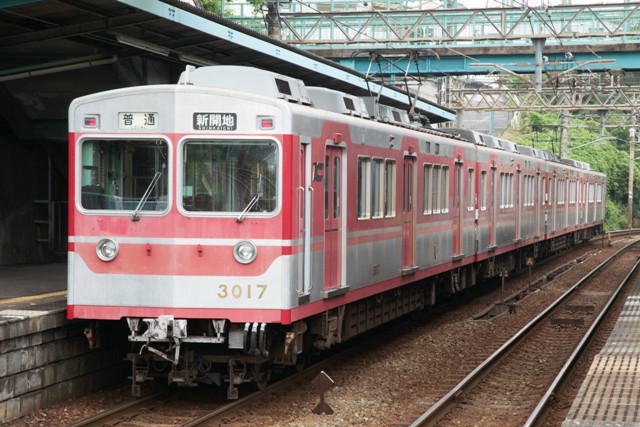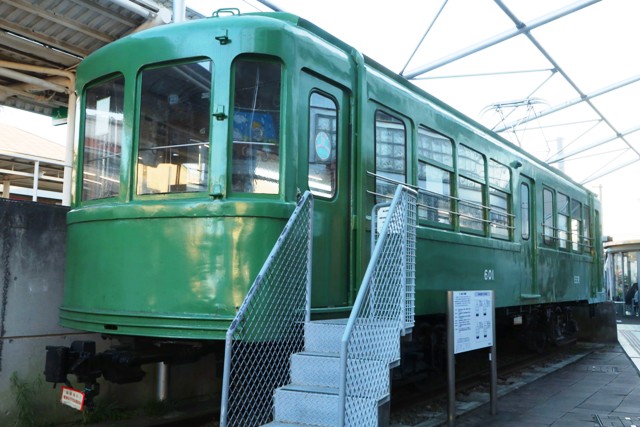One and a half months have passed since Japan's Prime Minister Suga declared a state of emergency again in ten prefectures including Tokyo because of new coronavirus infection risks. There is a sign that the situation will improve, but the governor of Tokyo still announces that Tokyoites should refrain from any non-essential and non-urgent outings. It's unfortunate, but OK. I'm going to continue introducing my old photos, which I recently rediscovered on my hard disk.
The EMU 30000 series is one of Tobu's representative commuter trains. It was introduced in 1996. 30 sets, 150 cars in total, were built from 1996 to 2003 by Alna Koki, Tokyu Sharyo and Fuji Heavy Industries. The overall mission of the 30000 series was direct operation between the Tobu-Isesaki, Tokyo Metro-Hanzomon and Tokyu-Den-en-toshi lines. Several new devices, such as an IGBT-VVVF invertor (Insulated Gate Bipolar Transistor-variable frequency drive) electric control system, a one handle master controller and high intensity discharge front lamps were equipped for the first time on the Tobu trains.
25 years have passed since the 30000 series debuted. Almost all sets of the 30000 series trains have already been transferred to the Tojo line, because a new model, the EMU 50050 series, has been introduced onto the Isesaki line since 2006. As a result, only two sets of the 30000 series are still operated on the Isesaki line. Please take photographs of the 30000 series operated on the Isesaki line before it's too late.













